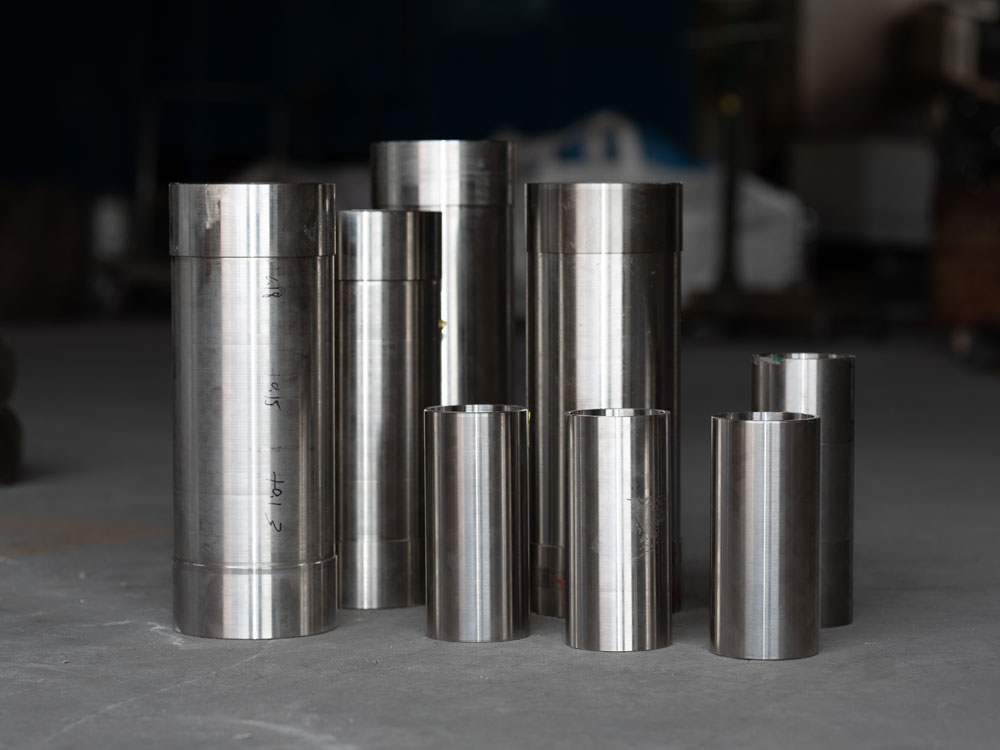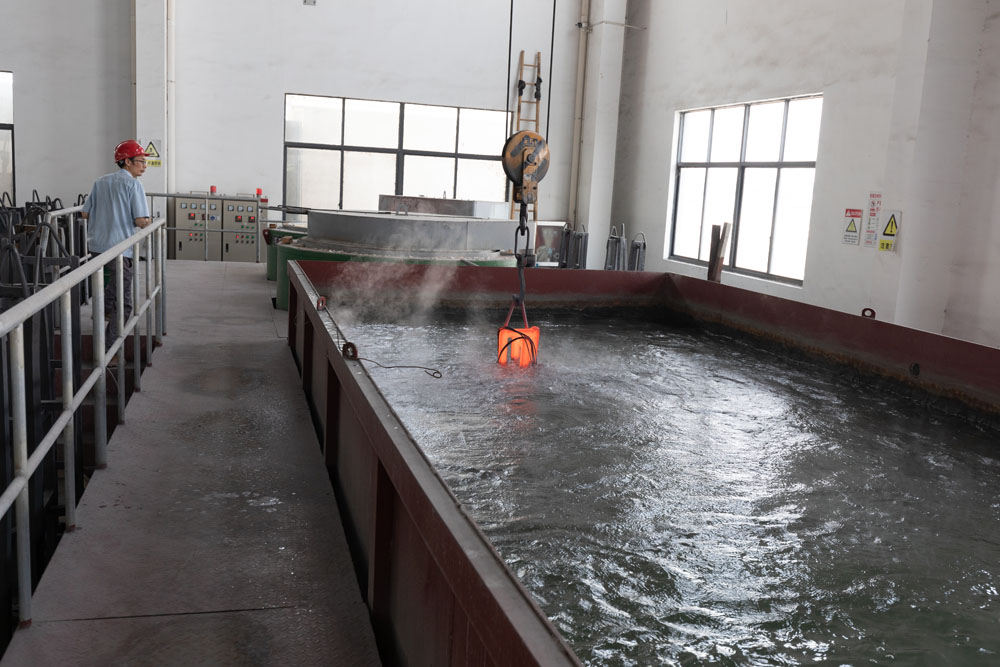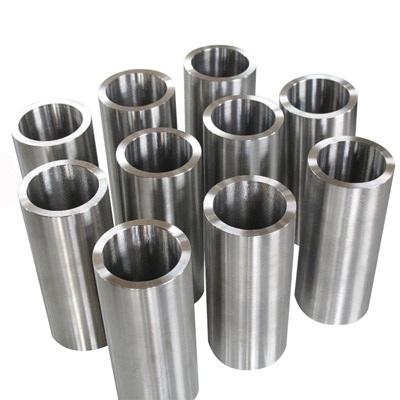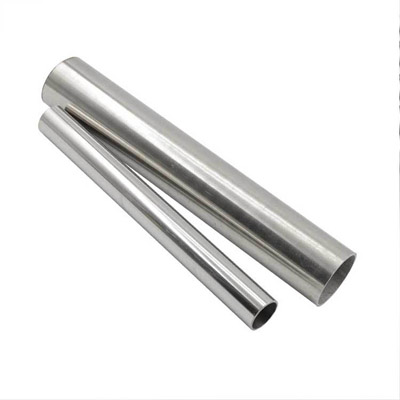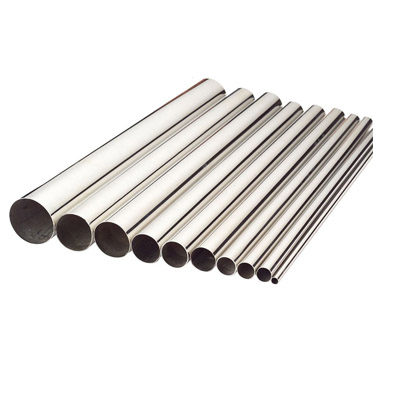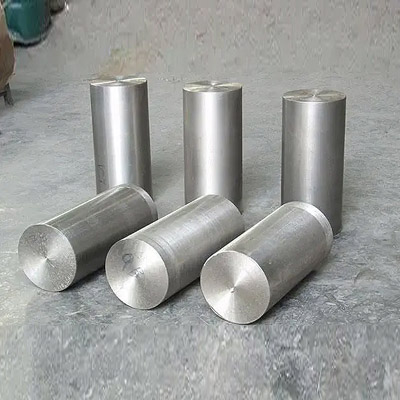Cold rolling, cold drawing, hot rolling - what's the difference
The rolling process may be a mystery to the uninitiated, but it plays an important role in the steel industry. When communicating with steel suppliers, it is important to understand the basic concepts of the rolling process. In the steel industry, the terms "cold rolling", "cold drawing" and "hot rolling" are very commonly used. Understanding how these types of steel are processed and the corresponding uses for each type is crucial to ensuring you get the right material for your project.
What is cold rolling?
Cold rolling is a process used in steel manufacturing that involves the use of rolls at or near room temperature, which is typically between 60 and 80 degrees Fahrenheit. In this process, the steel is compressed and stretched, which affects its hardness, strength and shape. Cold rolling produces a smoother surface than hot rolling, allowing manufacturers to produce steel with precise shapes and sizes. The process can produce steel in the thickness range of 0.005 to 0.500 inches and is very popular in the automotive and construction industries. The result is a stronger, more durable product that can withstand extreme weather conditions and heavy duty use. So the next time you see a car drive by or a building under construction, you'll appreciate the role that cold rolling plays in producing quality steel for such an everyday necessity.
Steel can be processed using many types of equipment and temperatures. In one of these processes, steel is passed through a pair of rollers to give the metal a certain thickness.
Cold rolling is carried out when the temperature of the metal is lower than its recrystallization temperature, that is, the temperature at which the grain structure of the steel can change. Cold steel is processed at lower temperatures and requires additional pressure to complete the final product. It is usually necessary to pass through the roller several times to achieve the desired thickness. The result of this process is that the steel has high tensile strength, which means that it is more resistant to warping or breaking under load.
Advantages of cold rolled steel
Some of the advantages of cold rolled steel include:
Cold-rolled steel is stronger and harder than hot-rolled steel.
The shape and dimensions of cold-rolled products are more accurate than those of hot-rolled products.
Cold-rolled steel can be used in a variety of applications where precision is important.
What is cold drawing?
The cold drawing process is a manufacturing method in which materials are drawn by a mold at room temperature. This process is often used to manufacture high-precision, small-diameter parts. The main advantage of the cold drawing process is that it can be used to make very precise parts and does not require the use of heat, which can be harmful to the material.
What is hot rolling?
The hot rolling process is a manufacturing method that involves rolling a material at a high temperature, usually higher than its recrystallization temperature. This process is commonly used to manufacture parts with large cross-sectional areas. The main advantage of the hot rolling process is that it is faster than the cold drawing process and can be used to manufacture parts of various shapes and sizes.
Advantages of hot rolled steel
Some advantages of hot-rolled steel include:
The production cost of hot-rolled steel is cheaper than that of cold-rolled steel.
Hot-rolled steel can be produced in a wider range of shapes and sizes than cold-rolled steel.
Hot-rolled products are generally less precise in shape and size than cold-rolled products.
Cold drawing and cold rolling
When it comes to metalworking processes, two terms that often appear are "cold drawing" and "cold rolling". Both processes involve metal forming, but there are important differences between them. Cold rolling involves passing sheet metal or strip through a series of rollers that apply pressure and force it into the desired shape. It forms a smooth, flat surface of uniform thickness. Cold drawing, on the other hand, involves pulling a metal rod or wire through the mold to reduce its diameter and increase its length. The process results in a more uniform grain structure and a higher strength-to-weight ratio. While both processes can produce metal parts efficiently, choosing the right one for your application will depend on the specific needs of your project.
Cold drawn steel is processed at room temperature like cold rolled steel. However, cold rolling produces flat material products, and cold rolled steel produces thin material products, such as bars or wires. It does this by stamping hot-rolled steel with a die, a rotating machine that causes the metal to end up in an elongated shape. Cold-drawn steel is suitable for long products, such as shafts and structural parts, as well as beautiful consumer goods.
Cold drawn steel has the same advantages as cold rolled steel. The pressure required to produce cold-drawn steel ensures high tensile strength and a smooth, polished surface. Like cold-rolled steel, cold-drawn steel does not change shape during processing, so the final product has a predictable thickness and shape. Cold-drawn steel usually has to be drawn several times through different dies to reach the required size, which leads to higher production costs.
Hot rolling and cold rolling
When it comes to steel manufacturing, you may have heard the terms "hot rolling" and "cold rolling." These terms refer to two different processes that mold steel into its final shape. Hot-rolled steel is steel that is heated and rolled by a machine at high temperatures, and the finished product is generally coarser and less precise in shape than cold-rolled steel. Cold rolled steel, on the other hand, is formed by rolling steel at a lower temperature, resulting in a smoother, more uniform finished product. While each method has its own advantages depending on the application, understanding the differences between hot-rolled and cold-rolled steel is crucial to choosing the right material for any project.
Hot rolled steel changes as it passes through the roll at higher temperatures. The surface of hot-rolled products is also rough and not as durable as cold-rolled products. There are some advantages to using hot-rolled steel compared to cold-rolled steel.
Hot-rolled steel is more malleable, which makes processing easier during and after rolling. This formability also means that the cost of hot rolled steel is lower because there are fewer steps in the hot rolling process. For example, the metal does not need to be cooled before passing through the roll, and the thickness can be significantly reduced in a single pass (compared to cold rolling, which requires multiple passes). Hot-rolled products are most suitable for mass-produced products such as rail and I-steel that do not require surface cleaning.
Cold drawing and hot rolling
The manufacturing process of metal products greatly affects their strength, durability and performance. For steel bars and wires, the two common production methods are cold drawing and hot rolling. The cold-drawn steel is pulled through the die at room temperature for a smoother, more consistent surface finish. Hot rolling, by contrast, involves heating steel and then passing it through rollers to shape it to the desired size and shape. While hot-rolled steel is more cost-effective, cold-drawn steel typically has higher strength and better dimensional accuracy. Ultimately, the choice between cold-drawn and hot-rolled steel depends on the intended use of the product and the specific characteristics required for optimal performance.
Cold drawing and hot rolling properties
The main difference between cold-drawn parts and hot-rolled parts is their mechanical properties. Cold-drawn parts are generally stronger and tougher than hot-rolled parts because they have gone through a more controlled manufacturing process. In addition, cold-drawn parts generally have a better surface finish than hot-rolled parts because they are not exposed to high temperatures during the manufacturing process.
Which one should I use?
The choice of using a cold-drawn or hot-rolled part will depend on the specific application and desired performance. In general, cold-drawn parts are better suited for applications where strength and hardness are important, while hot-rolled parts are better suited for applications where ductility and ductility are important.



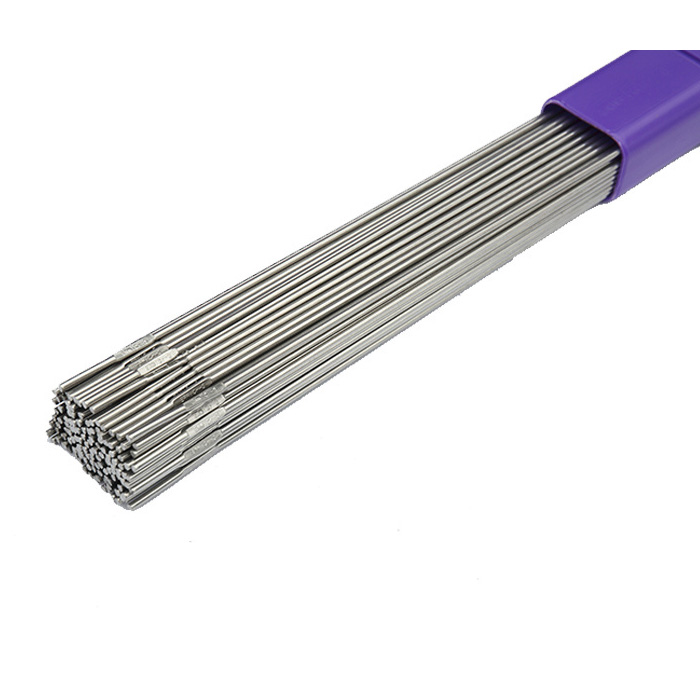 Inconel 625
Inconel 625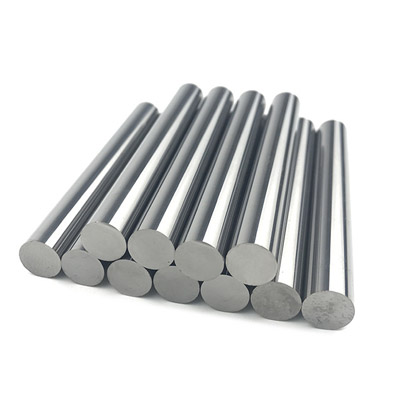 Inconel 718
Inconel 718 Inconel 725
Inconel 725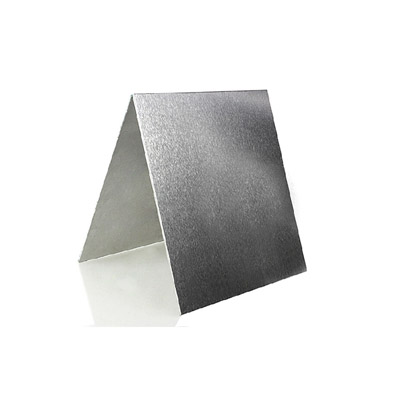 Inconel X-750
Inconel X-750 Inconel 690
Inconel 690 Inconel 617
Inconel 617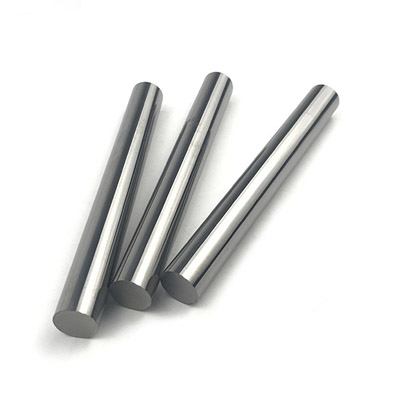 Inconel 601
Inconel 601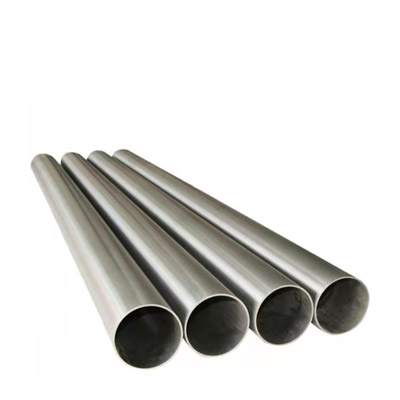 Inconel 600
Inconel 600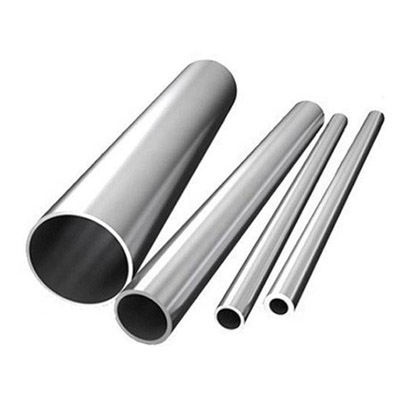 Inconel 686
Inconel 686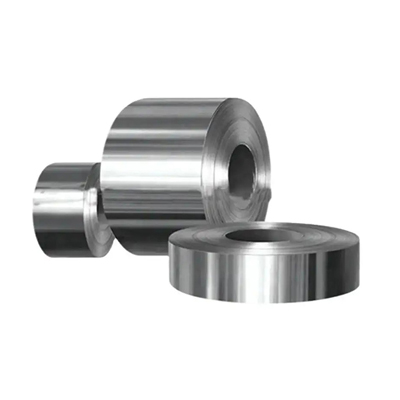 Inconel 602CA
Inconel 602CA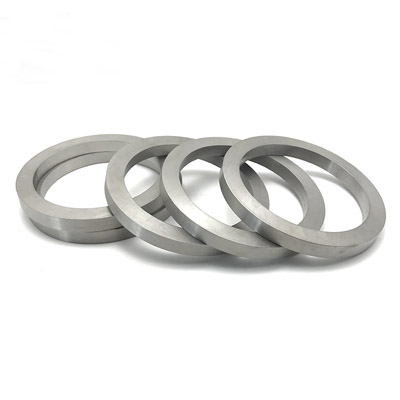 Incoloy A-286
Incoloy A-286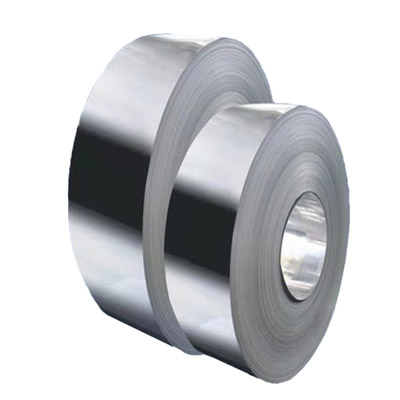 Incoloy 825
Incoloy 825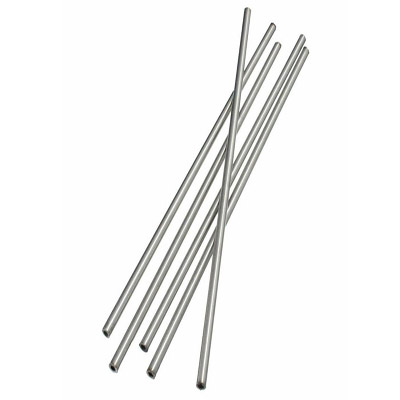 Incoloy 925
Incoloy 925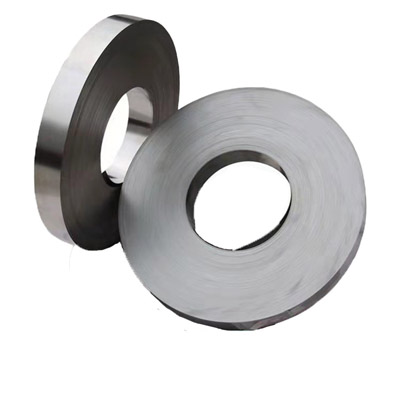 Incoloy 926
Incoloy 926 Incoloy 800
Incoloy 800 Incoloy 800H
Incoloy 800H Incoloy 800HT
Incoloy 800HT Incoloy 909
Incoloy 909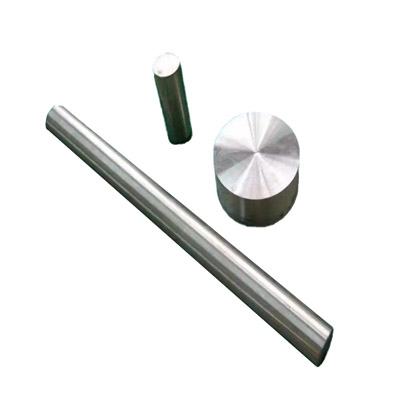 Incoloy 31
Incoloy 31 Incoloy 901
Incoloy 901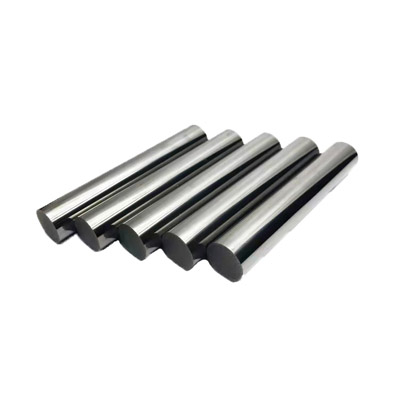 Monel K-500
Monel K-500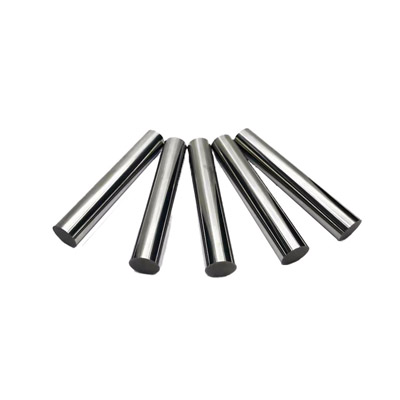 Monel 400
Monel 400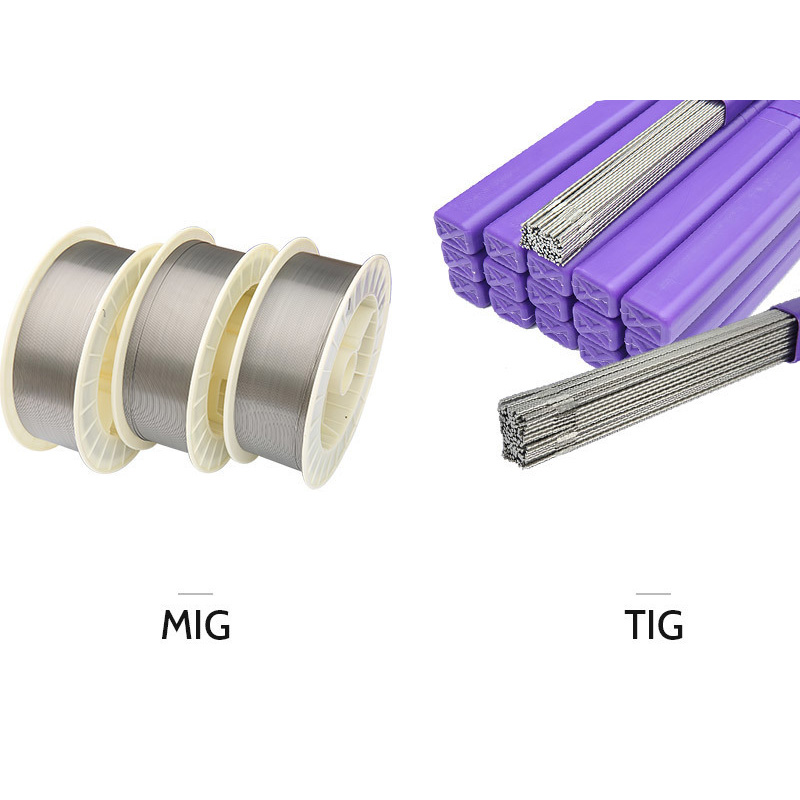 Nimonic 263
Nimonic 263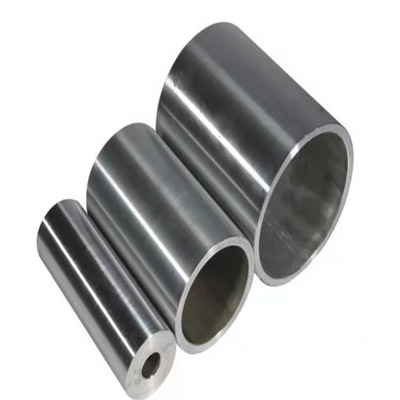 Nimonic 75
Nimonic 75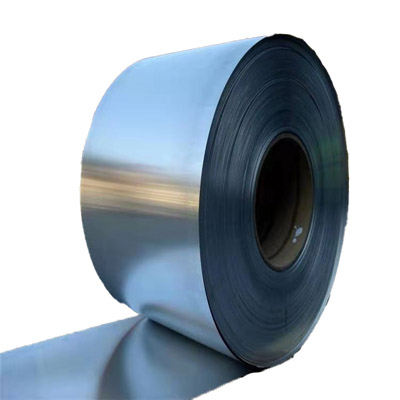 Nimonic 80A
Nimonic 80A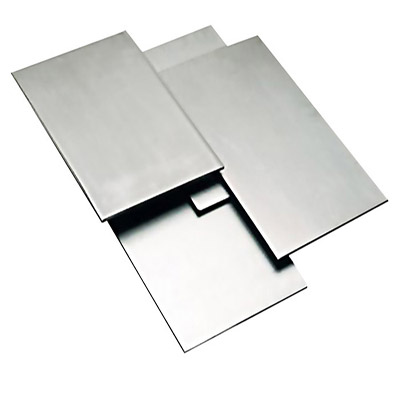 Nimonic 90
Nimonic 90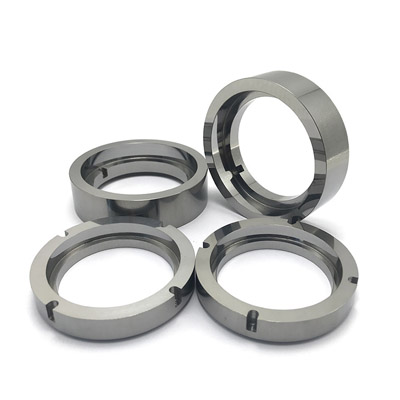 Nimonic PE11
Nimonic PE11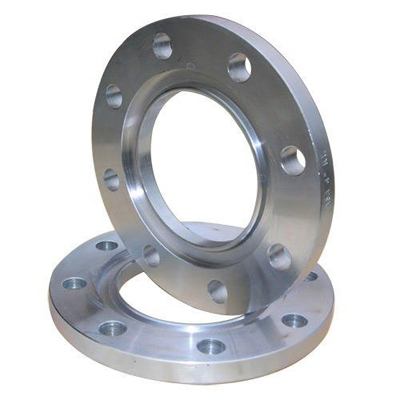 Nimonic PE16
Nimonic PE16 Nimonic PK33
Nimonic PK33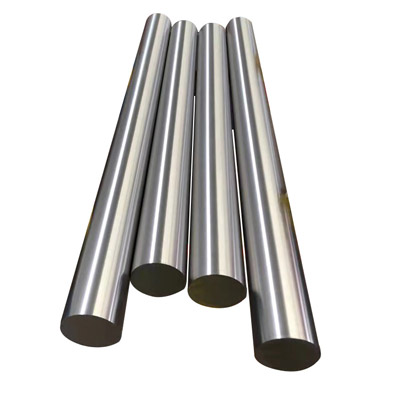 Nimonic 901
Nimonic 901 Nimonic 81
Nimonic 81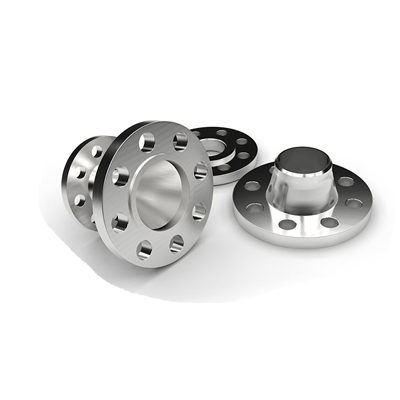 Nimonic 86
Nimonic 86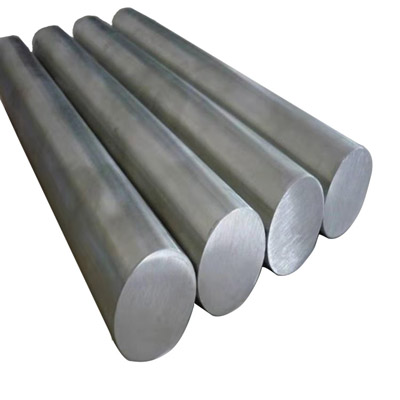 Nimonic 105
Nimonic 105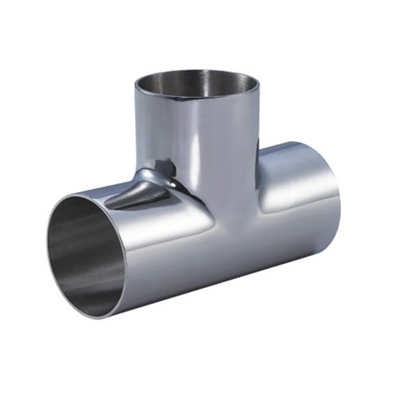 Nimonic 115
Nimonic 115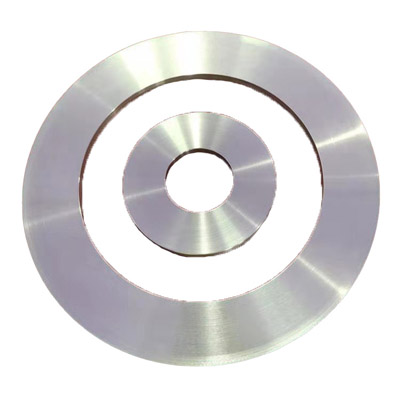 Hastelloy C-276
Hastelloy C-276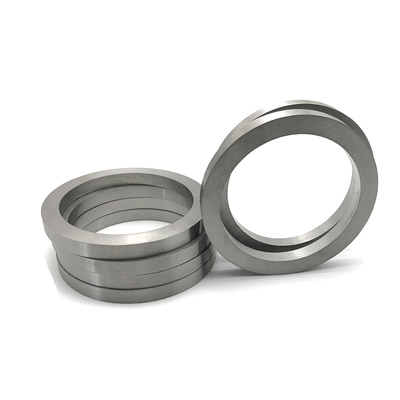 Hastelloy C
Hastelloy C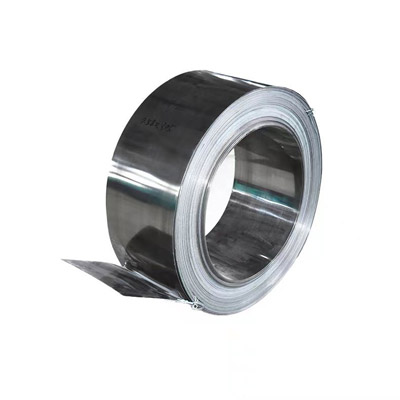 Hastelloy C4
Hastelloy C4 Hastelloy C-22
Hastelloy C-22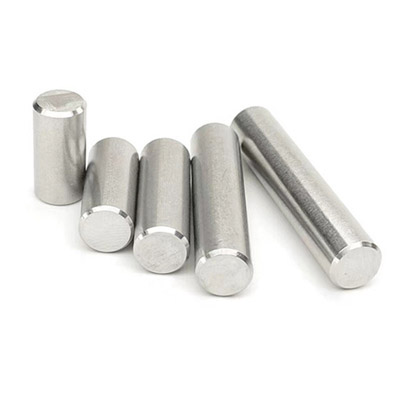 Hastelloy C-2000
Hastelloy C-2000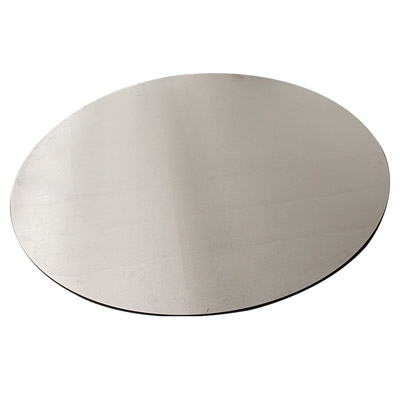 Hastelloy B-2
Hastelloy B-2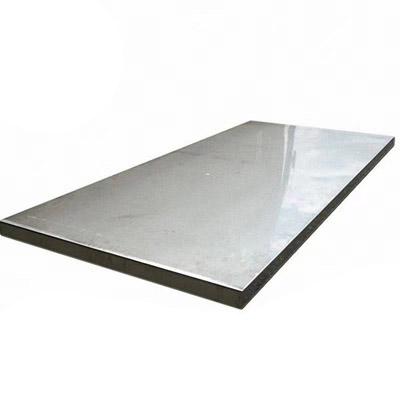 Hastelloy B-3
Hastelloy B-3 Hastelloy G30
Hastelloy G30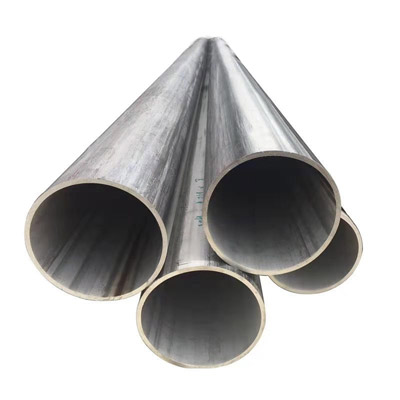 Hastelloy X
Hastelloy X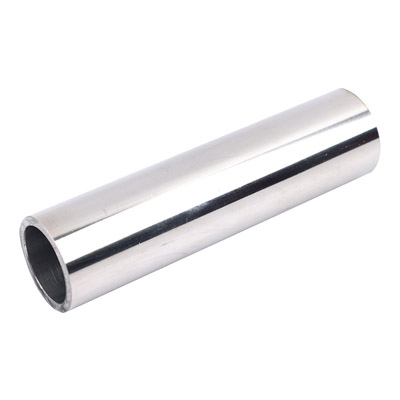 Super Invar 32-5(4J32)
Super Invar 32-5(4J32)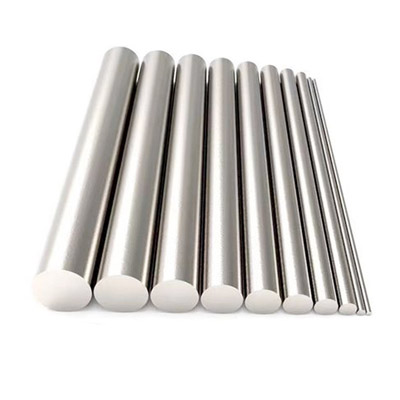 Alloy 36(4J36)
Alloy 36(4J36)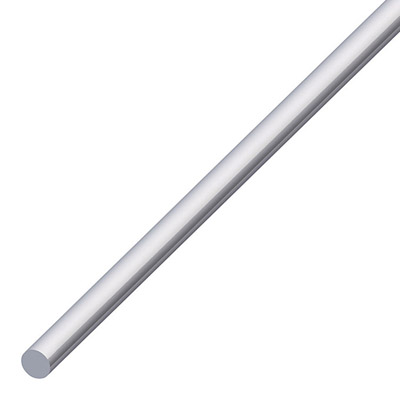 Alloy 42(4J42)
Alloy 42(4J42) Alloy 50(1J50)
Alloy 50(1J50) Hiperco 50(1J22)
Hiperco 50(1J22)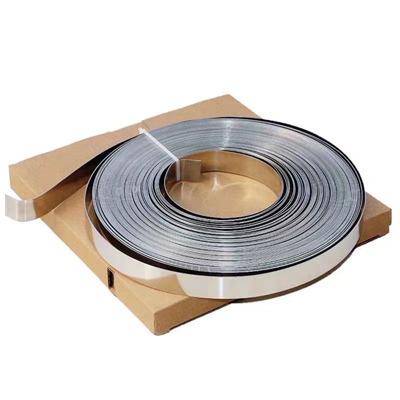 Alloy 46
Alloy 46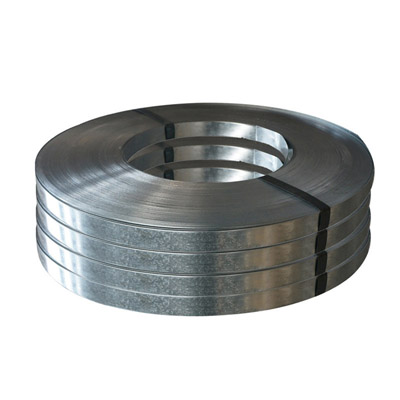 Permalloy (1J79)
Permalloy (1J79) Supermalloy(1J85)
Supermalloy(1J85)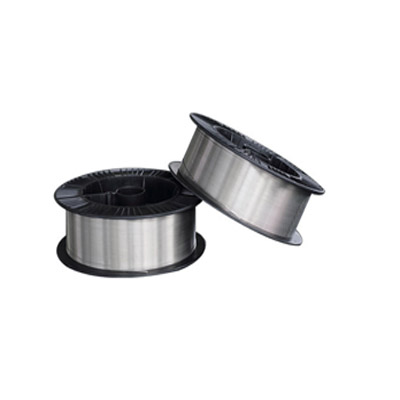 ERNiCrMo-2
ERNiCrMo-2 ERNiCrMo-3
ERNiCrMo-3 ERNiCrMo-4
ERNiCrMo-4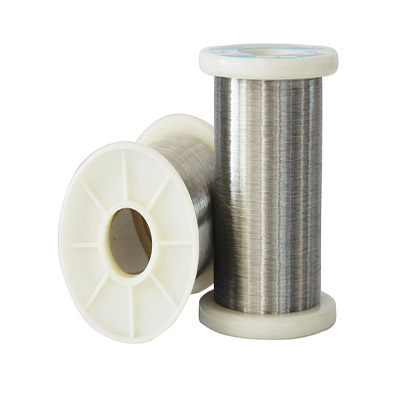 ERNiCrFe-7
ERNiCrFe-7 ERNiCrFe-7A
ERNiCrFe-7A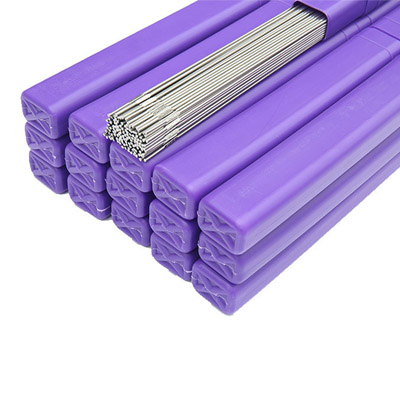 ERNiCrMo-10
ERNiCrMo-10 ERNiCrCoMo-1
ERNiCrCoMo-1 ERNiFeCr-2
ERNiFeCr-2 ERNiFeCr-1
ERNiFeCr-1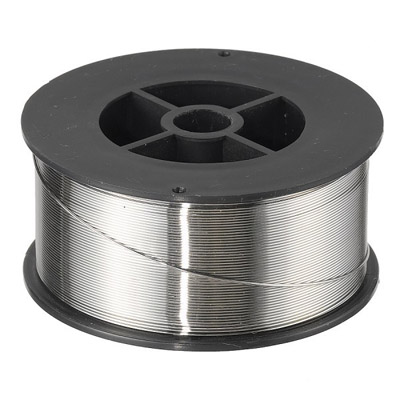 ERNiMo-8
ERNiMo-8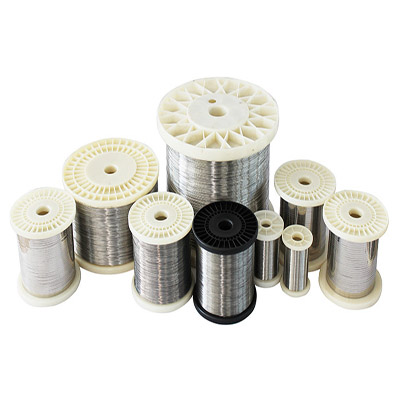 ERNiCrMo-13
ERNiCrMo-13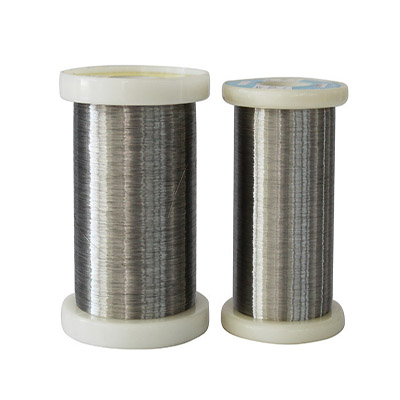 ERNiCr-4
ERNiCr-4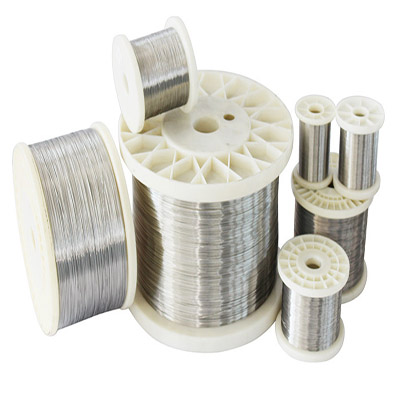 ERNiCr-3
ERNiCr-3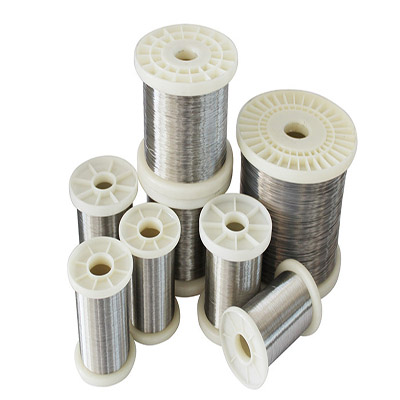 ERNi-1
ERNi-1 Haynes-25
Haynes-25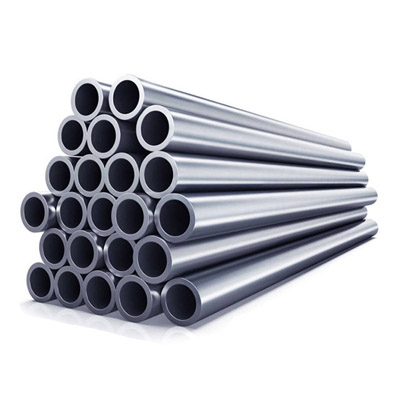 Hayness-188
Hayness-188 MP35N
MP35N Refractory 26
Refractory 26 Waspaloy alloy
Waspaloy alloy 17-4PH
17-4PH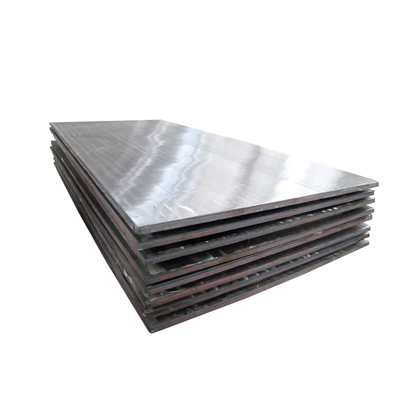 17-7PH
17-7PH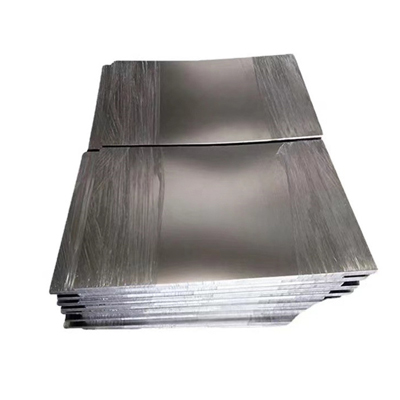 904L
904L Nitronic 50
Nitronic 50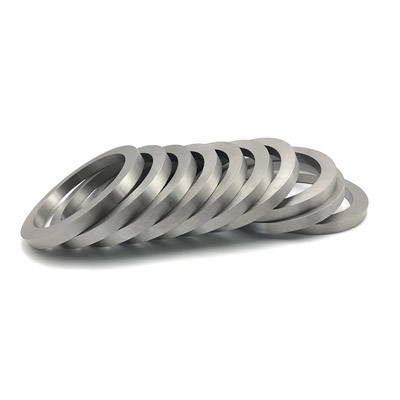 Nitronic 60
Nitronic 60 AL-6XN
AL-6XN F55
F55 PH 13-8
PH 13-8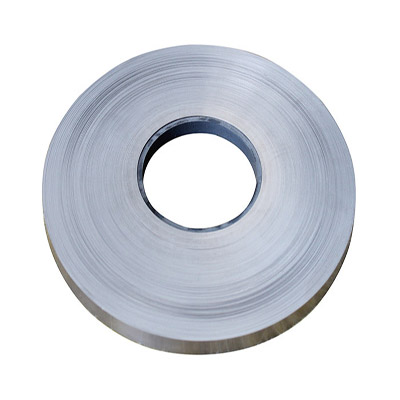 Haynes-230
Haynes-230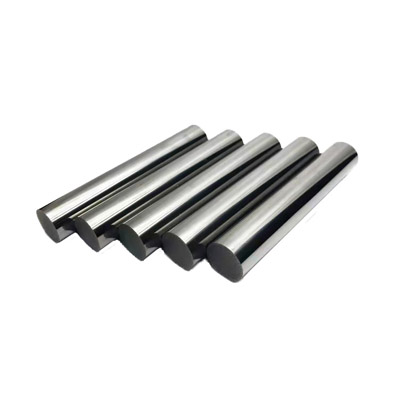 Nickel 200
Nickel 200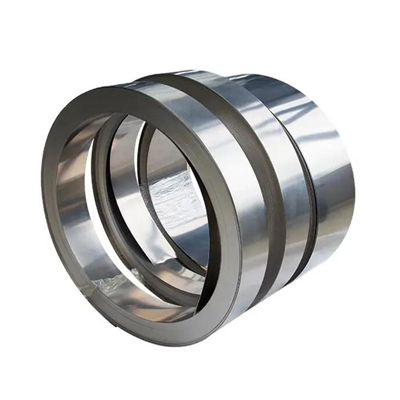 Cr20Ni80
Cr20Ni80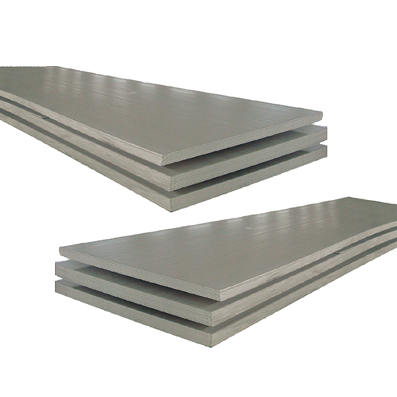 Sheet & Plate
Sheet & Plate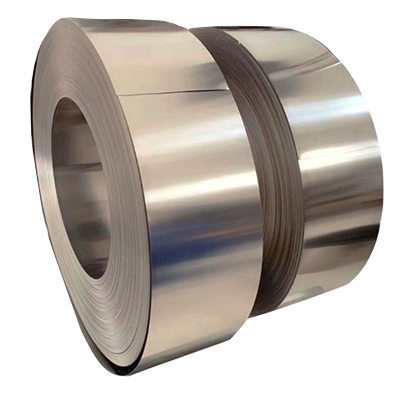 Strip & Foil
Strip & Foil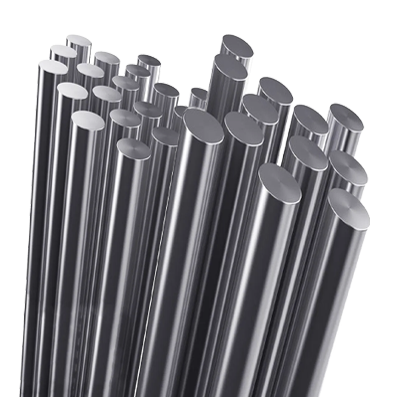 Bar & Rod
Bar & Rod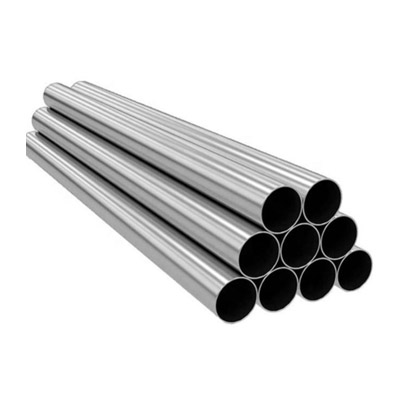 Pipe & Tube
Pipe & Tube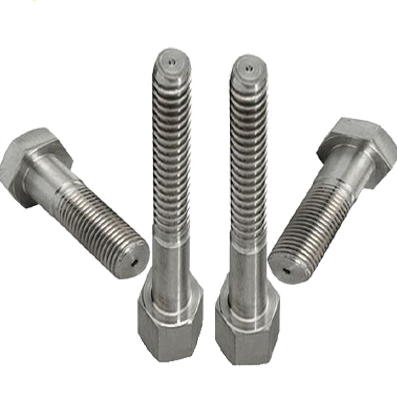 Bolts & Fasteners
Bolts & Fasteners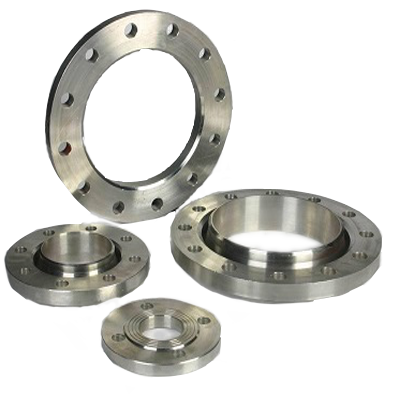 Flange & Ring
Flange & Ring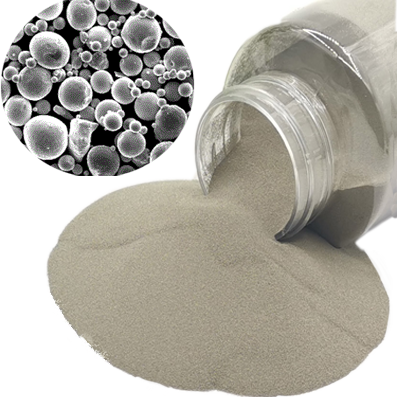 Nickel Alloy Powder
Nickel Alloy Powder
